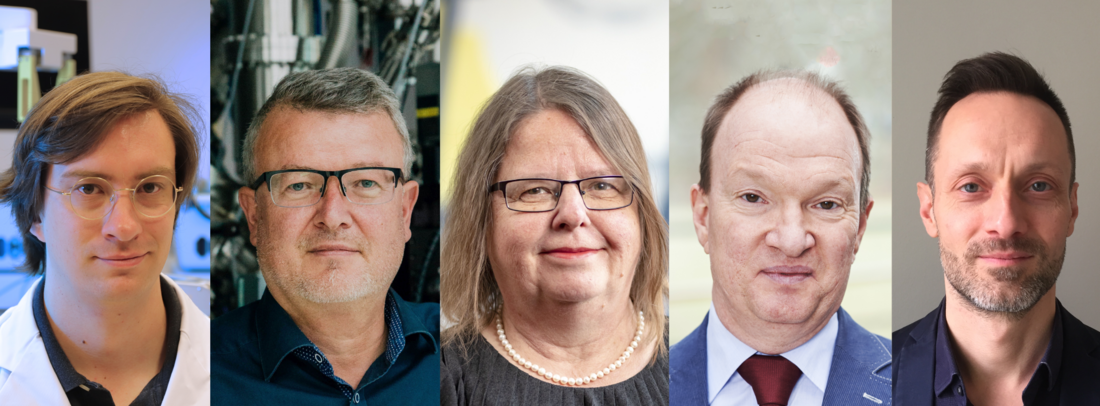New EU project to revolutionize battery development

The EU project BIG-MAP (Battery Interface Genome - Materials Acceleration Platform) is intended to significantly accelerate the speed at which new battery types can be developed, with a special focus on sustainability. Through the CELEST research platform, KIT and the Ulm University with its joint Helmholtz Institute Ulm (HIU) are involved. At the same time, the project strengthens the research activities of POLiS.
Batteries play a decisive role in the phasing out of fossil fuels, especially in the transport sector. In order to achieve the climate protection goals set by the EU and Germany by 2050, we need cheaper and more sustainable alternatives to existing batteries. This is a major challenge, as the development of new batteries takes quite long with current methods. BIG-MAP aims to accelerate the speed of battery development by changing the way batteries are invented so that sustainable and ultra-high performance batteries can be developed ten times faster than today.
The project has a budget of €16 million, which will be shared between 34 institutions from 15 countries. With its three professors Maximilian Fichtner, Wolfgang Wenzel, and Helge Stein, KIT is the largest recipient of funding after the coordinating Technical University of Denmark (DTU). BIG-MAP is the largest single research project of the large-scale European research initiative for batteries, BATTERY2030+. The project will initially run for the next three years, with the option of an extension for a further seven years.
"With BATTERY 2030+ and BIG-MAP we have to reinvent the way we invent batteries. Last year, the Nobel Prize for Chemistry went to the inventors of the lithium-ion battery. A fantastic invention, but it took 20 years from idea to product - we need to be able to do it in one-tenth of that time if we want to provide sustainable batteries for the energy revolution," says Tejs Vegge, professor at DTU and head of BIG-MAP.
"The vision is not only to be able to develop new batteries much faster, but also to ensure that they can store energy efficiently, can be produced sustainably and at such low cost that it will be even more attractive in the future to store electricity from the sun and wind in batteries, for example," says Maximilian Fichtner, scientific spokesman for CELEST and POLiS and deputy director at HIU. "A realignment of the existing discovery, development and manufacturing processes for battery materials and technologies is necessary to enable Europe to compete with its main rivals in the USA and Asia".
One of the aims of BIG-MAP is to develop a common European data infrastructure and cooperative workflows capable of autonomously collecting, processing and using data from all areas of the battery development cycle. The artificial intelligence (AI) required for accelerated material discovery is being developed under the leadership of Helge Stein's group and distributed across the European continent. Experiments and synthesis orchestrated by AI will use large amounts of collected data with a focus on battery materials, interfaces and intermediate phases. The data will be generated from computer simulations, autonomous high-throughput material synthesis and characterization, in operando experiments and device-level tests. Using novel AI-based tools and models, the data will be used to "learn" the interaction between battery materials and interfaces, thus laying the foundation for the improvement of future battery materials, interfaces and cells.
"We will be able to explore the complex chemical space with the help of autonomously acting robots at unprecedented speed and quality. Our understanding will be supported by a central artificial intelligence," explains Helge Stein, junior professor at HIU and research unit spokesperson at POLiS.
BIG-MAP researchers have to work together across national borders, using laboratories that are distributed over large distances and time zones. Under these circumstances, coordinating tests and distributing data and materials using conventional methods would be very complicated. A completely new infrastructure is being built around BIG-MAP, which will allow data to be exchanged immediately after the survey. Physical access to the test facilities will hardly be necessary in this way.
More information: www.battery2030.eu, www.big-map.eu
